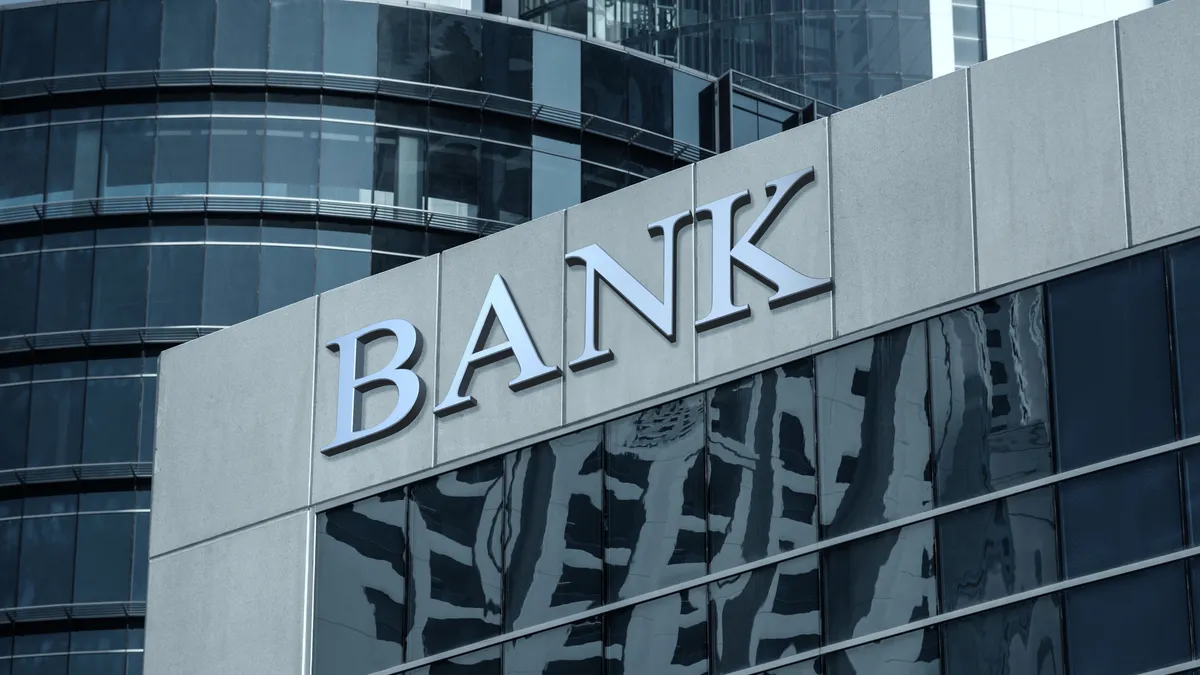Jack Henry & Associates said it offered a voluntary early retirement program to some employees last month, with 160 employees expected to exit at a cost to the company of about $17.5 million.
The program is aimed at expediting the exit of some workers and allowing others who remain to move up, the company’s executives said Wednesday during an earnings call. It will also likely ultimately provide “net savings,” Jack Henry Chief Financial Officer Mimi Carsley said on the call with analysts to discuss the company’s results for the fiscal fourth quarter ending June 30.
The workers who are eligible for the program, based on age and tenure, comprise about 2% of the company’s approximately 7,000-person workforce. Jack Henry is undertaking the cutback after U.S. economic growth expectations soured earlier this year and some U.S. banks failed.
Jack Henry provides payments and technology services to U.S. community banks as well as credit unions. The company reported net income for the quarter climbed 22% to a record $97.8 million on a revenue rise of 11% to $534.6 million, according to a Tuesday earnings press release.
In Jack Henry’s press release description of the company on Tuesday, it touted about 7,500 clients, including fintechs, which was lower than a description of 8,000 clients earlier this month.
Jack Henry spokesperson Mark Folk said the company updates the client count at the end of every fiscal year, so that would have happened after the most recent quarter ended. “It was down 309 from June 30, 2022,” he said by email. “Note that the decline is not related to our core customers,” he added.
While Jack Henry’s CEO David Foss rattled off a litany of new customer business Wednesday, the company has also lost customers in recent years as the banking industry has consolidated with larger banks buying up some of the smaller institutions that had been clients.
The company most likely won’t need to backfill worker positions, and may move some workers to other high-growth areas of the company, President and Chief Operating Officer Gregory Adelson said on the call.
For the fiscal year that just ended, the company’s headcount was up about 3%, but only 2% excluding its Payrailz acquisition, closed in September.
The company has also been hiring workers, Carsley noted. That mainly has included employees in engineering, call centers and client-facing roles, she added.
“Next year, we’re going to continue to invest in our people and hiring where it’s needed in the business, but you won’t see huge growth numbers next year,” Carsley said.
Analysts posed a host of questions about the employee retirement plan and general workforce costs on the call.
One topic that wasn’t mentioned much at all, by the company’s executives or analysts, was the impact of the launch of the Federal Reserve’s instant payments system FedNow last month. In past earnings calls, Foss has discussed extensively the company’s involvement in that new real-time payments system.
On Wednesday, he mentioned it only briefly, saying that about 100 of the company’s clients have begun to implement the service, and he said he expects hundreds more will follow suit over the next year.












